2020-09-22 09:29
PEKING Returns to Hamburg Port
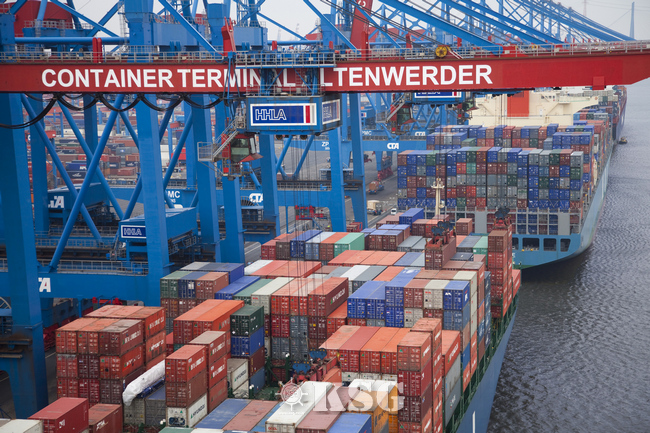
After 88 years the historic four-masted barque PEKING returned to its home port. Monday morning, the former sailing cargo ship left the shipyard “Peters Werft”, where it was successfully restored on behalf of the Hamburg Maritime Foundation (Stiftung Hamburg Maritim). At her interim berth at Bremerkai, the PEKING will be converted into the main attraction of the future German Port Museum by the Hamburg Historical Museums Foundation (Stiftung Historische Museen Hamburg).
The steel-hulled four-masted barque was launched in 1911 by Blohm+Voss in Hamburg. The PEKING is one of the so-called "Flying P-Liners" of the traditional Hamburg shipping company F. Laeisz, which were known worldwide for their safety and speed. Together with her eight sister ships, the PEKING was mainly used in the saltpeter trade with South America, making 34 trips around the legendary Cape Horn in her time.
After a conversion in 1932, the PEKING was used as a boarding school under the name ARETHUSA. In 1974, the freighter was purchased by the South Seaport Museum in New York, where it served as a museum ship for over 40 years before being taken over by the Hamburg Maritime Foundation in 2015.
Starting in the summer of 2021, the PEKING will be accessible to visitors as a new highlight of the German Port Museum, which is scheduled to open in Hamburg in 2025.
Even though the historic saltpeter-route Hamburg-Chile is no longer served by traditional sailing vessels, the Port of Hamburg is well positioned in South American trade. A total of eleven liner services connect Germany's largest universal port with South America, four of which regularly call at the ports of Arica, Iquique, Puerto Angamos, San Antonio and Valparaiso in Chile.
Saltpeter has since been replaced by chemical fertilizers for the most part, which are handled at Hamburg's numerous bulk terminals. Even amid the difficult economic conditions of recent months, the Port of Hamburg achieved an 8.1 percent increase in the handling of fertilizers.
< Korea Shipping Gazette >
많이 본 기사
- HMM, 4번째 9000TEU급 신조 컨선 부산-남미동안항로 취항‘남미 30%대 껑충’ 컨운임지수 2주만에 1400선 회복벌크선시장, 철광석 수요 활황에 선복 부족 이어져팬스타그룹 2500t급 연안유람선 부산서 첫 뱃고동부산항만공사, 스마트항만 기술혁신포럼 개최中 시안-체코 프라하 정기화물열차 운행 개시대만 3대 선사 3분기에 영업익 1.7조 합작KMI, 부산국제금융진흥원과 해양수도 금융전략 논의부산신항 비엔씨티, 김장김치 1100박스·700만원 기탁HD현대, 디지털·AI 앞세워 2030년 ‘매출 100兆’ 목표 제시
- 박정석 한국해운협회장, 명예 해기사·1급항해사 위촉인천공항공사–항공대, 공항직원 전문교육 확대 나선다BPA, 환적모니터링시스템 포트아이 16일 先배포해양수산연수원 오션폴리텍 교육생 헌혈증 120장 기부조선기자재연구원, 산업혁신기술지원플랫폼 사업성과·과제 공유건강칼럼/ COPD 환자, 추우면 ‘숨’이 힘겹다!중국유럽정기화물열차 누적 운행횟수 12만회 돌파울산항만공사, 공공기관 중 유일 폭력예방교육 우수기관 선정IPA, 인항고·인천해사고에 장학금 2000만원 전달인사/ 해양수산부






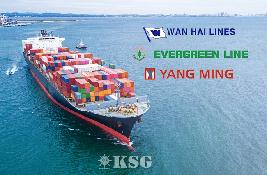

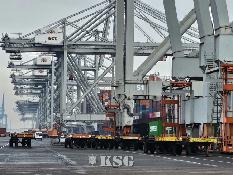







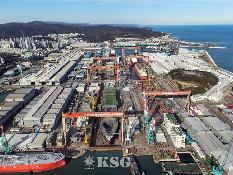

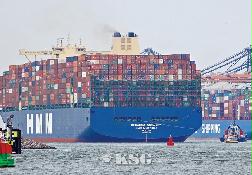
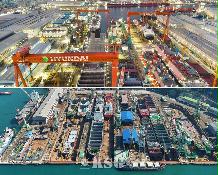
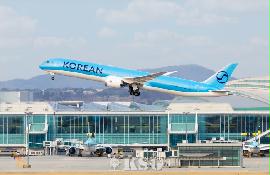


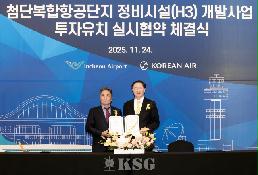


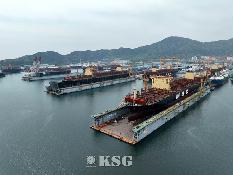
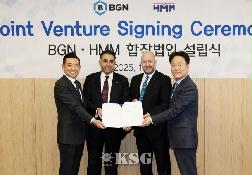

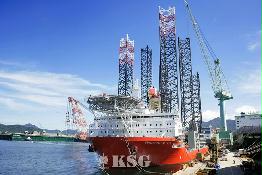
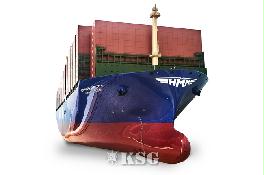
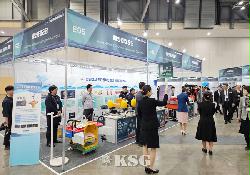
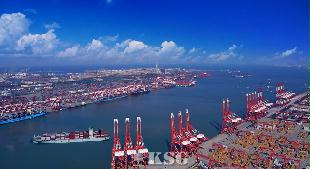
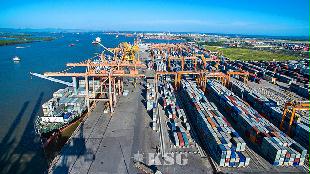
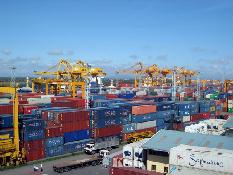







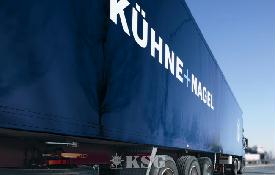
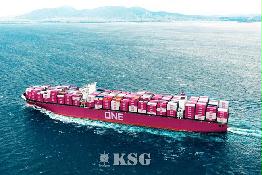






















0/250
확인